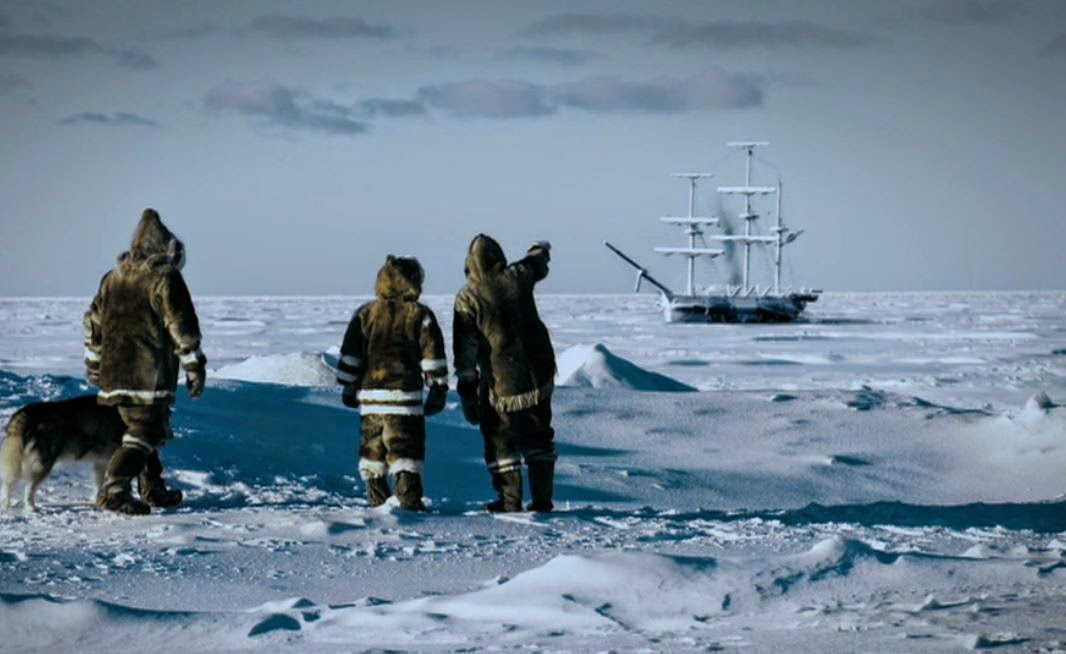Next time out, divers will probably find human remains on the Erebus
What happens next with the Erebus? I’ve been thinking about this because tonight will find me just north of Toronto, speaking to roughly 120 women about Searching for Franklin: The Lost Ships, the Discoveries, and the Woman Who Created a Legend. The occasion is the celebratory May Dinner of the Aurora/Newmarket branch
of the Canadian Federation of University Women.
Last month’s dive to the Erebus, projected to last 10 days, was cut in half because stormy weather interfered with the delivery of almost 12,000 kg of gear. But the Parks Canada team did manage to bring back massive amounts of high-definition video, photos, and laser-scan images from outside and inside the ship.
In late August or early September, searchers will revisit the Erebus, which is sitting just west of Adelaide Peninsula in Wilmot and Crampton Bay. The greatest possible on-board discovery, from an historical perspective, would be a log book or series of status reports sealed in metal canisters. The finding of human remains would prove still more sensational. And to me, this last seems a near certainty.
In the 1860s, a number of Inuit told American explorer Charles Francis Hall about visiting the ship at this location not long before it sank. Hall reported that “they broke into a place that was fastened up & there found a very large white man who was dead, very tall man. There was flesh about this dead man, that is, his remains quite perfect — it took 5 men to lift him. The place smelt very bad. His clothes all on. Found dead on the floor — not in a sleeping place or birth [sic].” This is just the clearest report among several. Maybe I am wrong, but I am guessing that corroboration will come later this year.
(The image above is a reconstruction from Franklin’s Lost Ships, that marvelous new documentary.)

Regarding "a place that was fastened up," I wonder if it was secured from the inside – outside? In other words, was the man the Inuit found trying to keep others out (of a cabin?), or were others trying to keep him in?
Glenn
Ken, or daguerreotypes in a well sealed container with photos! Denis
Regarding "a very large white man who was dead, very tall man," this description could well be unintentionally deceiving. Consider that a few days after death, the body becomes bloated because of internal gases; also "very tall" is a relative term, as the Inuit of the period were short in stature.
Glenn